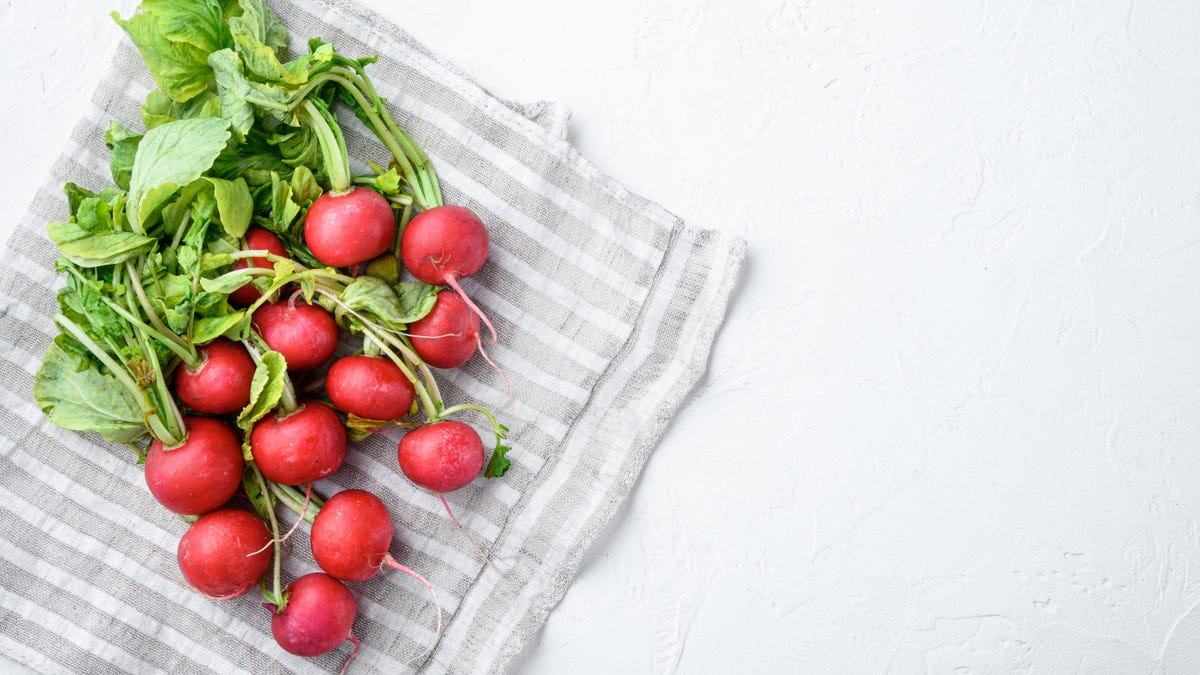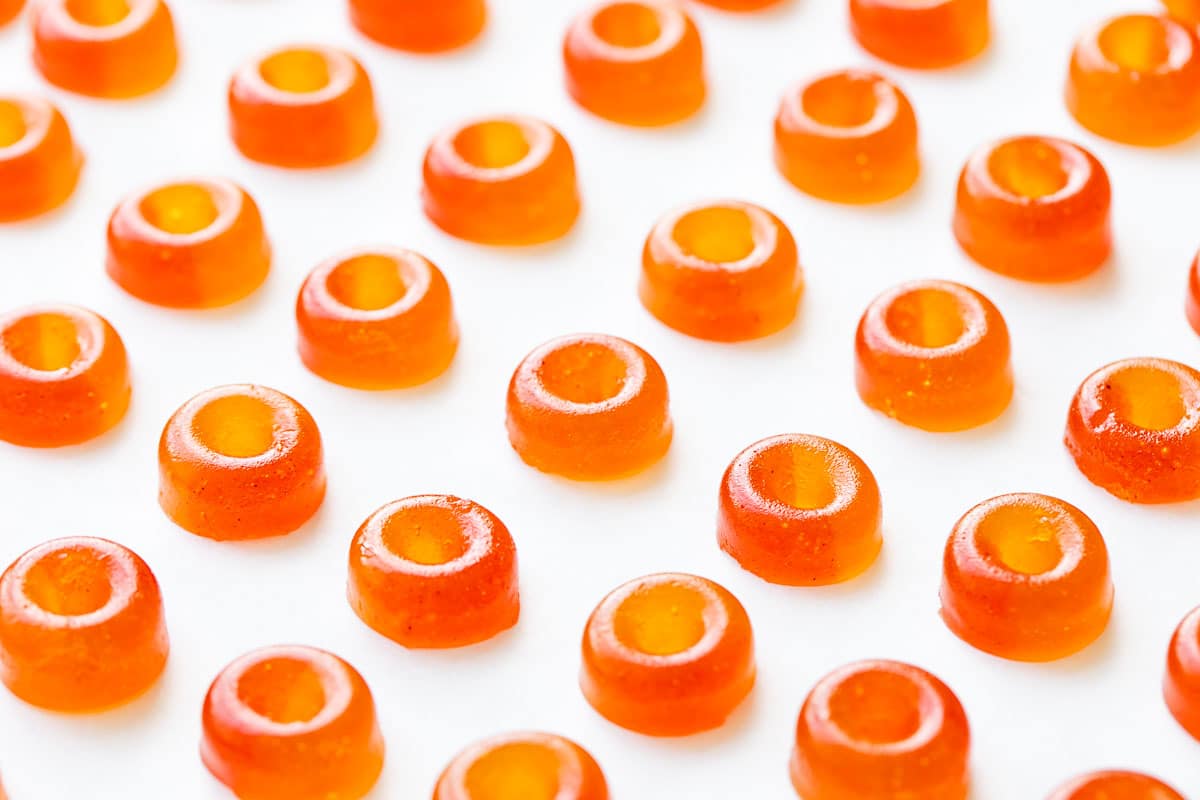The First Thing You Should Do With a Bunch of Radishes
A slightly spicy radish, served with a smear of butter and some flaky salt, is one of my favorite vegetable-based snacks. Crisp, fresh, and rich all at once, it is a perfect springtime bite. The root is so delightful,...


Photo: Ilia Nesolenyi (Shutterstock)
A slightly spicy radish, served with a smear of butter and some flaky salt, is one of my favorite vegetable-based snacks. Crisp, fresh, and rich all at once, it is a perfect springtime bite. The root is so delightful, it’s easy to forget about the greens up top, but those greens deserve your attention too, especially if you wish to avoid a mushy mess.
Why you should always remove radish greens
The first thing you should do with a bunch of radishes, before you toss them in the vegetable drawer, is remove those greens. If left attached, the leaves will continue to pull moisture from the root, resulting in shriveled radishes and mushy greens. And, when I say mushy, I mean almost liquified. The leaves disintegrate into a puddle of verdant slime, rendering the concept of eating the radishes they were attached to utterly unappealing.
What to do with radish greens
Happily, radish greens are completely edible, provided you treat them with care (and get them off the radish before the turn to mush). Unlike the roots, the greens don’t keep very long, so use them within three days of purchase.
To prepare radish greens for storage, clip them from the root and wash them by dunking and swirling them in a bowl of water to remove grit and grime. Dry thoroughly (a salad spinner works best), then store in a zip-top plastic bag with a paper towel for up to three days.
How to cook radish greens
The flavor of radish greens depends on the radishes they came from. The longer a radish takes to reach maturity, the more bitter its green will be. (Daikon greens and watermelon radish greens are quite bitter for this reason.) Young, tender greens can be used raw in salads and sandwiches (just dress them first), but older, tougher greens can have a fuzzy outer layer that makes them unpleasant to eat without a little more prep.
You have two options here: Cook them—sautéing works well, as does braising—or blend them into a pesto.
Making radish top pesto is the same as making any other pesto: Blend the green stuff with some cheese, garlic, olive oil, and pine nuts. I follow the same template for a wide variety of kitchen scrap pestos, and it has not failed me yet.
Radish Top Pesto
Ingredients:
2 cloves garlic2 cups roughly chopped radish tops1/2 cup olive oil1/4 cup pine nuts (other nuts can be used, if you like)1/2 grated Parmesan, or other salty grating cheeseThe juice of half a lemonSalt and pepperPeel the garlic and pulse in a food processor to chop. Add radish greens, olive oil, and pine nuts, and blend until smooth. Add cheese and pulse until just combined. Add lemon juice, salt, and pepper, blend once more to combine, and taste and adjust as needed.

 Troov
Troov 
































